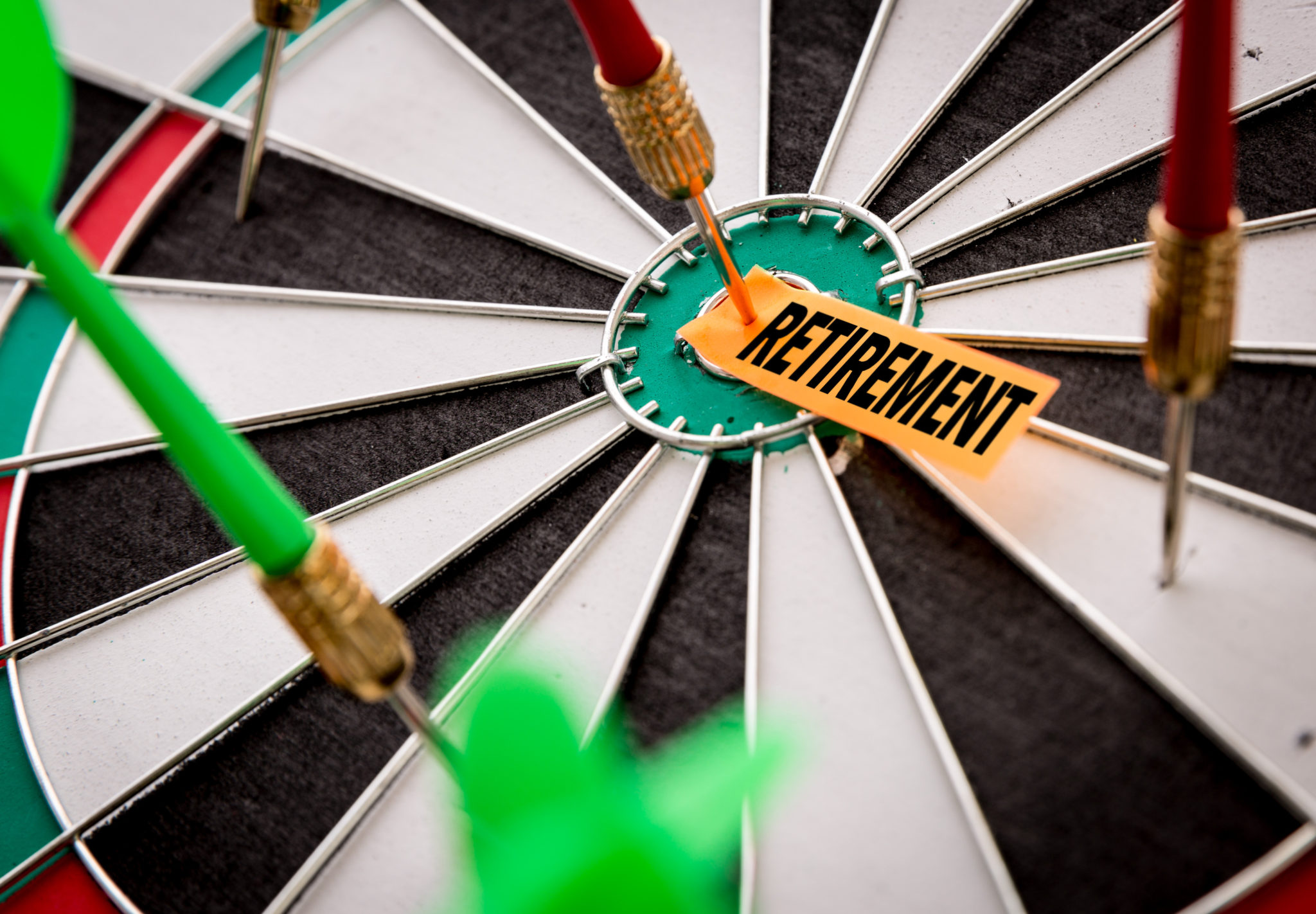
When you have a company retirement plan and either you or your employer puts money into your account, that money doesn’t stay in cash. By law, plans are required to create default investments, so if you don’t make a decision, the plan puts your money into an investment that is anticipated to be appropriate to help you meet your retirement goals. Sounds pretty easy, right? Well, it is, but it’s still important that you understand what you own. Today, I want to tell you about some of the characteristics of a common default investment, the “target date” or “target retirement” fund and give you some strategies for more success if you own them.Target date funds invest in stocks, bonds, and maybe a few other asset classes in a blend that creates a risk tolerance level supposed to be appropriate for the number of years you have left until an assumed retirement age of 65. Typically, the funds are issued in 5-year time horizons (like the 2020 fund or the 2025 fund). Because stocks are riskier than bonds, the longer you have until retirement, the more stocks are in the fund. The closer you draw to retirement, the fewer stocks you own and the more bonds you own. Eventually, most funds reach a static level and do not become more conservative.
Originally hailed as a wonder investment, target date funds have had more criticism recently. The most common reason is because different investment companies create target date funds that may have very different asset allocations. You might assume all 2030 funds would own approximately the same percentage of stocks and bonds, but this isn’t true. One mutual fund company may create a 2030 fund with a high stock exposure, while another may create a fund with the same name with less stock. This is a function of the underlying beliefs of the investment managers who create the funds and put together the allocations in the way they find appropriate.
Strategy One: Look at the Asset Allocation of Your Fund, Not Just It’s Name. Decide if the Level of Risk is What You Want, or If you Want Higher or Lower Risk. Adjust Up or Down by Date to Achieve Your Desired Level of Risk.
The changing allocation of the fund over time is called its “glide path,” based on the image of gliding down into a successful retirement. It is very important to understand how the glide path is structured. You might expect that each fund becomes systematically more conservative. Although possible, this might not be what happens. Some fund managers change risk levels in each fund, while others may have several funds with identical or very similar allocations.
Strategy Two: If You Are Selecting a Target Date Fund Rather Than Choosing the Default, Check the Glide Path, So You Know When the Allocation Changes.
Finally, the blessing of the target date fund, a pre-selected collection of asset classes held in a single mutual fund, can also be a curse. Because of the blend of investments, you never have the opportunity to change the asset allocation, regardless of market conditions, economic activity, or geopolitical events. You could choose a more or less risky fund, but you could not add, remove, or change the percentage of a single asset class. As a result, target date funds might be less appropriate as the value of your portfolio increases.
Strategy Three: Target Date Funds Might Be a Good Strategy, but If Your Portfolio Is Large, You May Want to Select Individual Funds Rather than Choosing Funds That Blend All The Asset Classes Together.
Target date funds have many advantages, but they are structured in very specific ways.. By understanding their composition, you can make an informed decision on what you select.
Be Prosperous! Peggy

